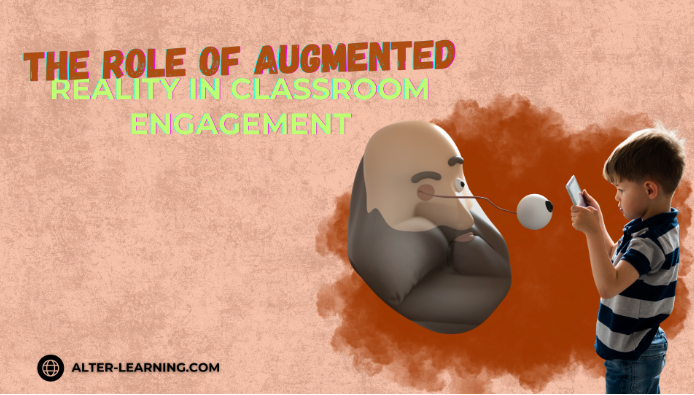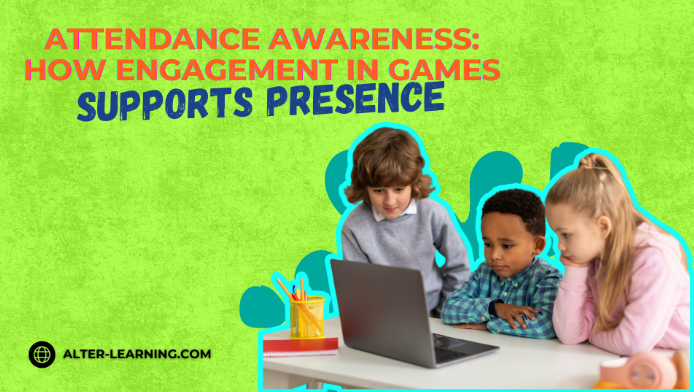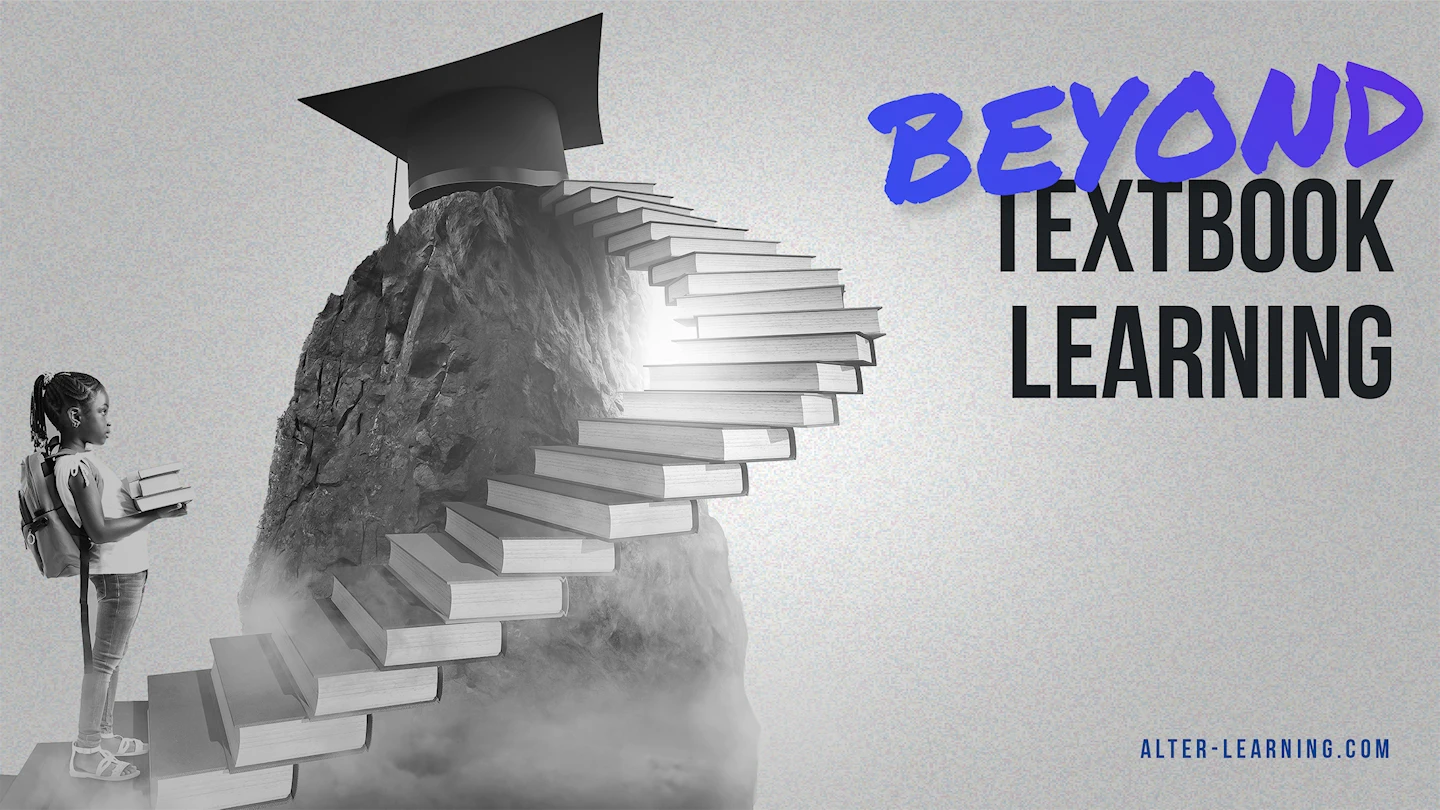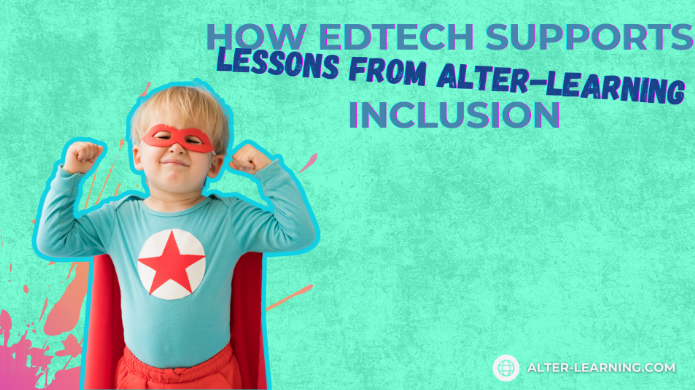Augmented Reality (AR) is reshaping how students interact with knowledge. By blending physical environments with digital overlays, AR can transform lessons into interactive experiences that feel both immersive and practical. For educators searching for new ways to capture attention, reinforce difficult concepts, and foster curiosity, AR learning experiences may provide an engaging alternative to traditional methods.
Alter-Learning integrates AR features into its interactive STEAM learning tools, showing how this technology can bridge the gap between theory and practice while keeping learners active and invested in their education.
Engagement is more than keeping students busy—it’s about creating conditions where learners connect with content, apply their skills, and feel motivated to explore. AR can support this by:
- Turning abstract ideas into visual, interactive models,
- Encouraging active participation rather than passive observation,
- Offering real-world connections that make lessons more meaningful,
- Creating shared experiences that promote collaboration.
By transforming classrooms into interactive environments, AR can make learning both dynamic and memorable.
AR tools can enhance engagement across disciplines by introducing interactive and visual elements. For example:
- Science: AR biology explorations can let students study plant structures or ecosystems in 3D, bringing textbook diagrams to life.
- Math: 3D geometry puzzles can allow learners to manipulate shapes and see spatial relationships in real time.
- History: AR overlays of historical sites can connect students to ancient civilizations or significant events.
- Art and Music: Digital art creation tools and AR music exploration can foster creativity and collaborative projects.
By expanding how subjects are experienced, AR can help students grasp concepts more intuitively.
Interactive Features That Support Learning
AR can also deepen engagement through specific design elements:
- Hands-on problem-solving: Learners can experiment with virtual chemistry labs or interactive physics simulations without needing physical equipment.
- Choice-driven experiences: AR story adventures can allow students to decide outcomes, increasing investment in the process.
- Collaboration opportunities: Multiplayer AR activities can encourage teamwork as students solve challenges together.
- Instant feedback: AR activities can provide real-time responses, guiding students toward mastery.
These elements can encourage persistence, curiosity, and confidence, which may improve long-term retention.
Accessibility and Inclusivity in AR
One of the challenges of new technology is ensuring all students can participate. Alter-Learning emphasizes accessibility by working with features such as:
- Simplified device requirements to reduce hardware barriers,
- Colorblind-friendly visuals and audio cues for inclusivity,
- Adjustable levels of complexity so tasks remain engaging for all learners,
- Multiplayer designs that encourage peer support and collaboration.
By focusing on accessibility, AR can become a tool for equity rather than exclusion.
Blending AR With Broader Learning Goals
AR does not replace traditional teaching—it can complement it. Teachers can use AR to:
- Spark curiosity at the beginning of a unit,
- Reinforce difficult lessons through interactive practice,
- Provide alternative assessments by having students demonstrate mastery in AR tasks,
- Connect learning to real-world contexts through simulations.
In this way, AR can strengthen the classroom ecosystem by combining innovation with established educational strategies.
A Window Into the Future of Learning
Augmented Reality is not just a novelty—it can be a powerful tool for engagement and deeper learning when used intentionally. By combining immersive experiences with curriculum-aligned content, AR can support creativity, collaboration, and critical thinking in ways textbooks alone cannot.
Alter-Learning’s use of AR features highlights how interactive technology can transform the classroom into a space of discovery, where learning feels active, inclusive, and connected to the real world. And when students are engaged, they don’t just remember information—they can apply it, question it, and build on it for the future.
Follow Alter-Learning for more insights into immersive education, edtech success stories, and the future of learning. Want to explore how VR/AR could transform your school or learning platform? Let’s connect.




